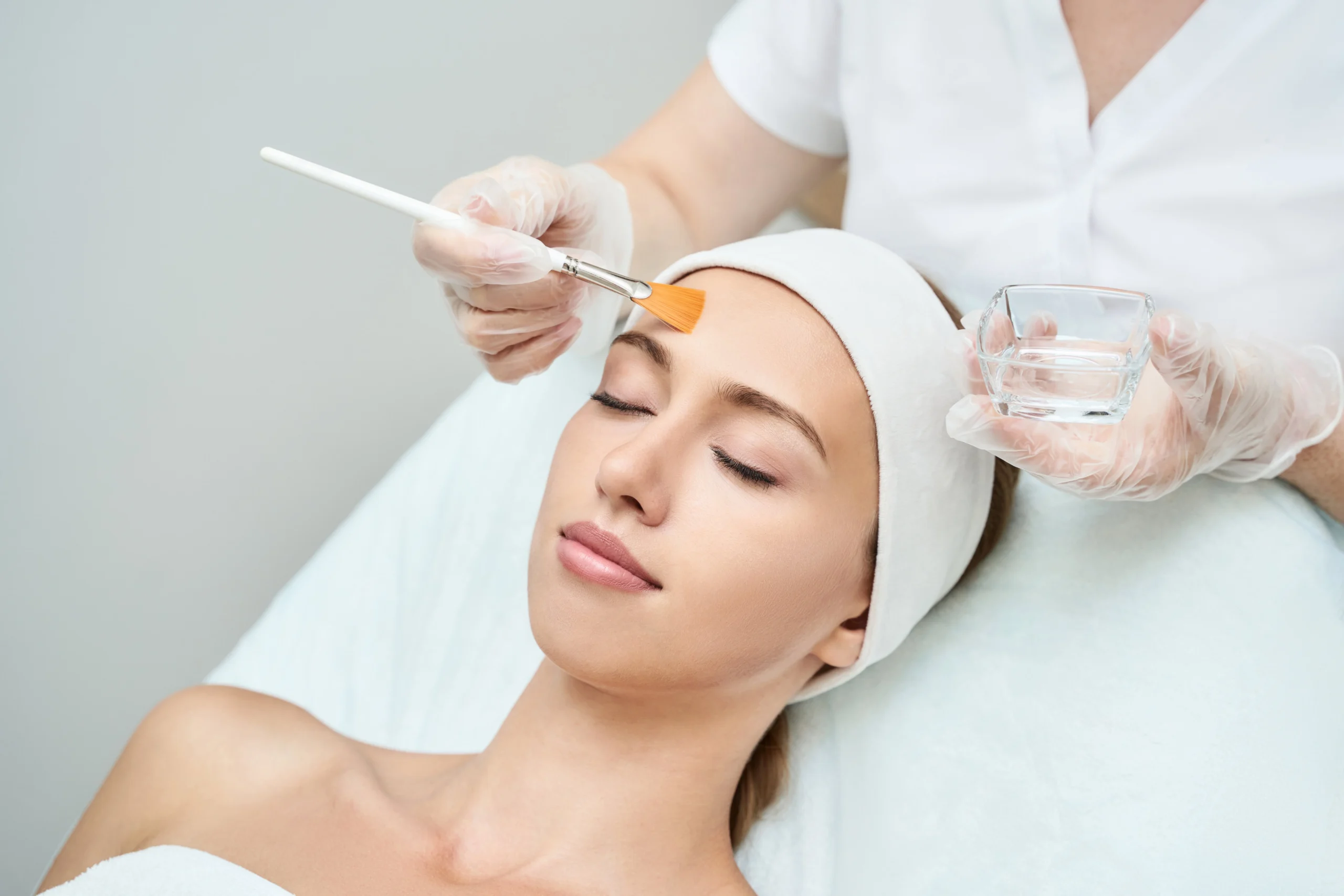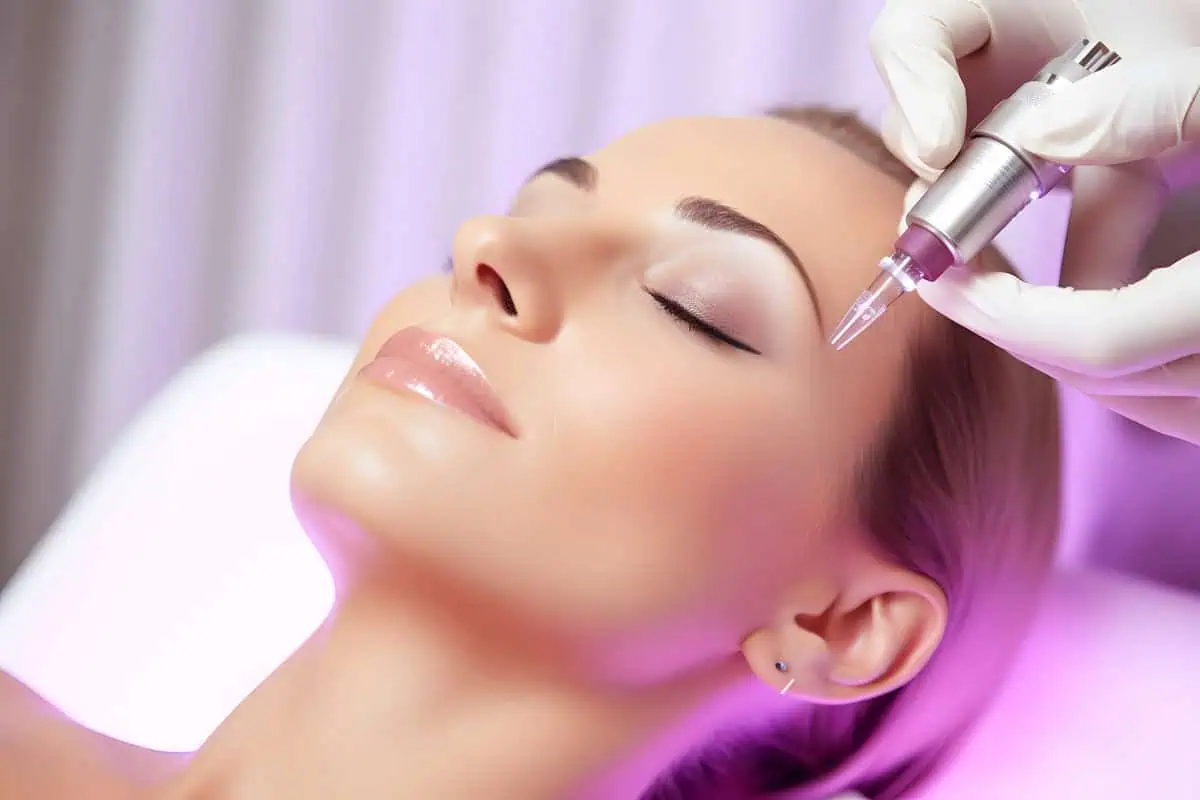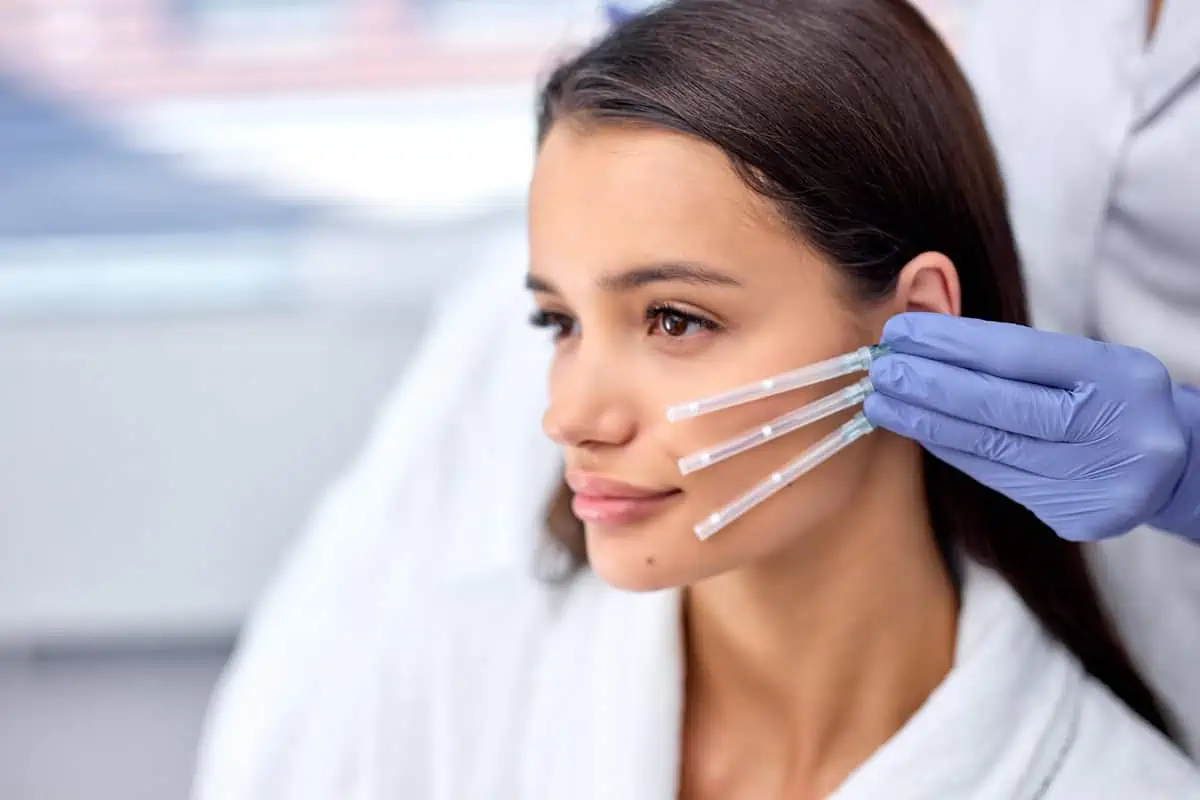Table of Contents
Chemical peels provide a way to refresh and improve the skin, targeting concerns like fine lines, acne scars, and uneven pigmentation. By applying a chemical solution, these treatments exfoliate and vacate the outer layers of the skin, unveiling a smoother and more youthful complexion. The application of Alpha Hydroxy Acids (AHAs) or Trichloroacetic Acid (TCA) can vary in intensity, tailored to individual skin needs and goals. Preparing a chemical peel involves understanding the procedure, the sensations that may be experienced during treatment, and the necessary aftercare to ensure the best results. Consulting with a skincare professional helps customize the peel to specific skin types and conditions, promoting a safe and effective treatment experience.
Chemical Peels Overview
Chemical peels are skin treatments designed to improve texture, tone, and overall appearance by exfoliating the skin. They work by applying a chemical solution that removes the outermost layers, allowing new, smoother, and more even-toned skin to emerge.
There are various types of chemical peels, with Alpha Hydroxy Acids (AHAs) and Trichloroacetic Acid (TCA) being among the most commonly used. AHAs, such as glycolic or lactic acid, are typically used for lighter peels. They are suitable for addressing minor skin imperfections, enhancing skin texture, and brightening the complexion. These peels are often chosen for their mildness and minimal downtime, making them popular for those seeking gradual improvements with less risk of side effects.
On the other hand, TCA is used for medium-depth peels. It infiltrates deeper into the skin compared to AHAs, making it effective for treating more pronounced issues like fine lines, deeper wrinkles, and sun damage. TCA peels can result in more significant improvements, but they also come with increased peeling, redness, and a longer recovery period.
Before the Treatment
Preparing a chemical peel involves several key steps to guarantee the best results and minimize risks. Here’s what you need to do:
Consultation with a Provider:
- Skin Assessment: Your provider will examine your skin to determine the right type of peel for your specific concerns, such as acne scars, wrinkles, or pigmentation issues.
- Discussion of Expectations and Risks: You need a clear conversation about your goals and any potential risks. This helps set sensible expectations and prepares you for the procedure and recovery.
Pre-Treatment Instructions:
- Avoid Sun Exposure: Limit sun exposure in the weeks leading up to your peel, and use sunscreen. Sun-damaged skin can react more severely, increasing the risk of complications like hyperpigmentation.
- Use of Retinoid Creams: Your provider might recommend applying a retinoid cream (such as tretinoin) for a few weeks before the peel. This helps thin the outer layer of skin, allowing the peel solution to penetrate more effectively.
- Antiviral Medication: If you have a history of herpes infections around the mouth, your provider might prescribe antiviral medication to prevent an outbreak triggered by the peel.
- Avoid Certain Skincare Products and Treatments: Stop using products that can irritate the skin, such as hair removal creams, facial scrubs, and certain cosmetics, about a week before the treatment. Also, avoid shaving the treatment area 24 hours before the peel.
During the Treatment
The chemical peel procedure involves several steps to ensure a practical and comfortable treatment.
Preparation:
- Before starting, the provider will clean your skin thoroughly to remove any dirt, oil, or makeup. This step ensures that the peel solution can penetrate the skin evenly and effectively.
- Protective measures are taken to shield sensitive areas. For instance, a gel or ointment may be applied around the eyes and lips to protect these areas from the chemical solution.
Application of the Peel Solution:
- The peel solution is applied to the skin using a brush, cotton applicator, or sponge. AHAs like glycolic acid or lactic acid are often used for light peels, while TCA is used for medium-depth peels.
- The solution is applied evenly across the face, starting with areas with thicker skin, such as the forehead, nose, cheeks, and chin. This ensures that the peel penetrates uniformly.
Sensations During the Procedure:
- As the chemical solution begins to work on your skin, you may experience tingling, stinging, or a burning sensation. The intensity of these sensations can vary based on the strength of the peel and individual sensitivity.
- For medium peels using TCA, the provider might apply cool compresses to soothe the skin and provide a hand-held fan to help with discomfort. No neutralizing solution is typically needed for TCA peels, as the solution itself neutralizes over time.
Neutralization and Removal:
- For light peels, a neutralizing solution or water is applied after a set time to stop the acid from penetrating further. This step helps reduce discomfort and prevent over-exfoliation.
- In the case of medium peels, the solution is left to neutralize on its own, and cool compresses may be used to soothe the treated skin.
After the Treatment
Post-treatment care is vital for achieving the best results and minimizing side effects.
- Immediate Reactions:
- Expect redness, tightness, and slight swelling immediately after the peel. These reactions usually subside within a few hours to a couple of days.
- Stinging or burning sensations may occur but can be managed with cool compresses and over-the-counter pain relief.
- Peeling Process:
- Skin starts peeling within two to three days, similar to sunburn peeling. Avoid picking or pulling at the skin to prevent scarring and infection.
- Gentle cleansing and moisturizing help manage the peeling process.
- Skincare Routine:
- Follow dermatologist instructions for cleansing and moisturizing. Use gentle, non-irritating products to support healing.
- Apply broad-spectrum SPF 30 or higher daily to protect new skin from sun damage and prevent hyperpigmentation.
- Makeup and Products:
- Avoid makeup and potentially irritating skincare products for at least a week to allow proper healing.
- Use dermatologist-recommended products to aid healing and enhance peel results.
- Follow-Up Appointments:
- Schedule follow-up visits to monitor healing and assess results. During these appointments, adjustments to the skincare routine can be made.
- Long-Term Care:
- Full results appear after several weeks as the skin continues to heal. To sustain benefits, maintain a consistent, gentle skincare routine.
- Depending on skin condition and treatment goals, multiple treatments may be recommended for optimal results.
Takeaway
Experience the transformative benefits of a chemical peel at Meraki Aesthetic and Co. Whether you’re looking to address fine lines, acne scars, or uneven skin tone, our professional team can tailor our services to help you achieve your skincare goals. Start your assessment today, and let us tailor a treatment plan that rejuvenates your skin and boosts your confidence. Don’t wait—your journey to radiant, youthful skin starts now at Meraki Aesthetic and Co.






